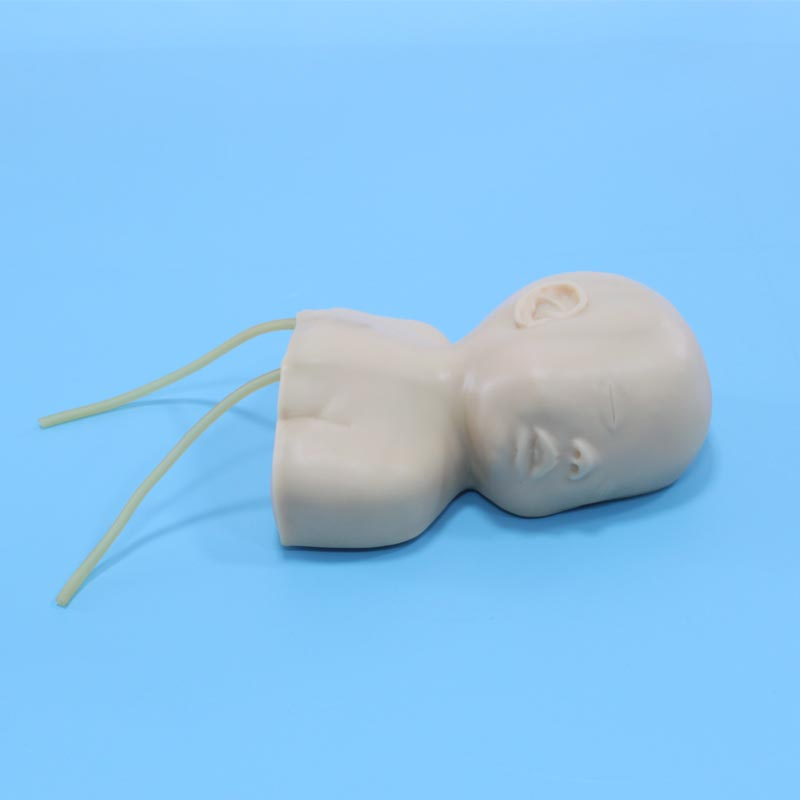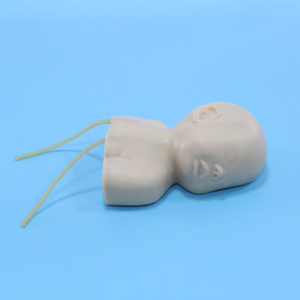First of all, preparation before puncture is crucial, including laying the model down, fixing it, and preparing necessary auxiliary tools, such as tape. In addition, choosing the appropriate scalp vein is also key. It should avoid the bony prominence and use appropriate intensity according to the depth of the blood vessel.

Secondly, during the puncture process, medical staff need to keep their technique gentle and steady and avoid excessive force. When the needle penetrates the vein, they should feel a decrease in resistance and a sense of loss, and at the same time, blood return can be seen. For veins that cannot be seen clearly, you can locate them by feeling, mainly by gently sliding your fingers on the scalp to feel the vein grooves.
In addition, some auxiliary techniques such as "one pressure", "two temperatures", "three punctures", "four withdrawals", etc. can also improve the success rate of punctures. For example, "first pressure" is to press the puncture site with your fingers in the centripetal direction of the punctured vein to fully expose the blood vessels; "second warmer" is to use a hot towel to apply local heat to the selected site to make the blood vessels full and dilated; "three punctures" "It is to master the appropriate angle and strength to puncture; "Four withdrawals" is to connect the syringe and scalp needle to maintain a negative pressure state during the needle insertion process, which is conducive to the observation of blood return.
In general, using the rotating infant scalp venipuncture model requires medical staff to master special operating skills and practice repeatedly combined with theoretical knowledge to improve the accuracy and success rate of puncture. These techniques not only help medical staff conduct effective training on the model, but also provide them with valuable experience and reference in actual clinical operations.

